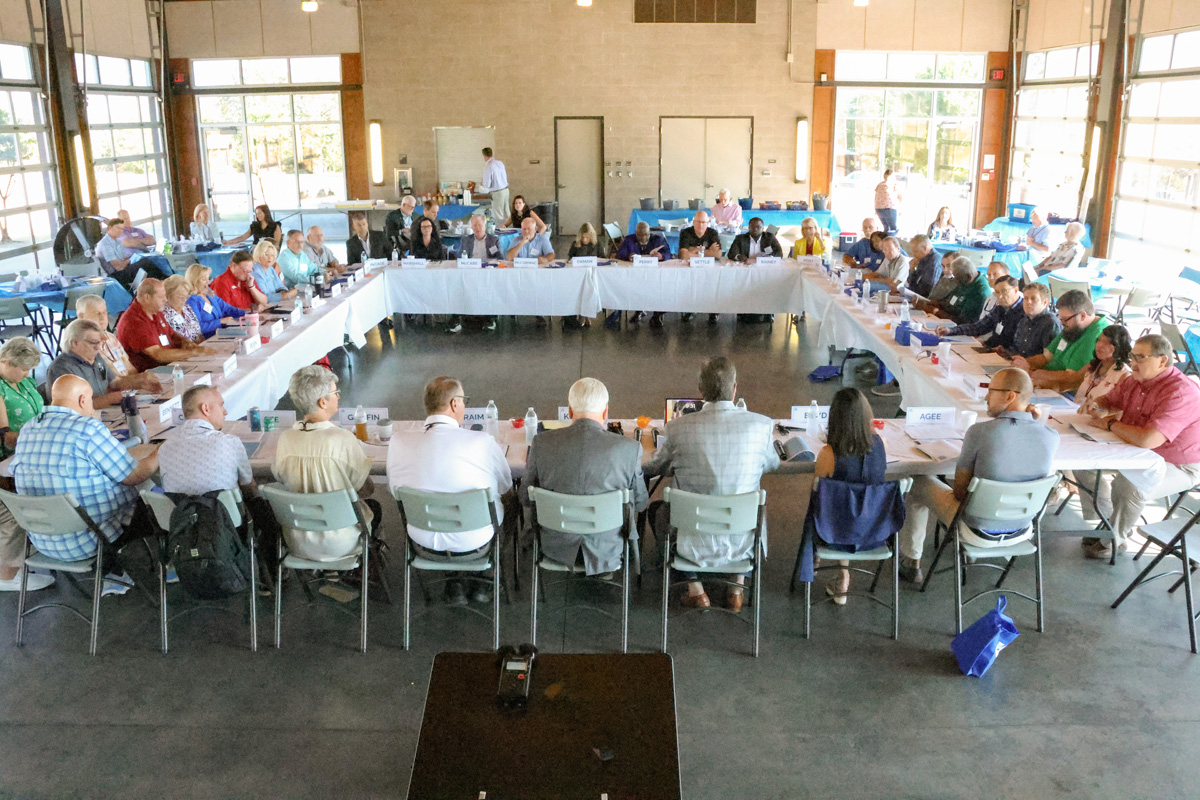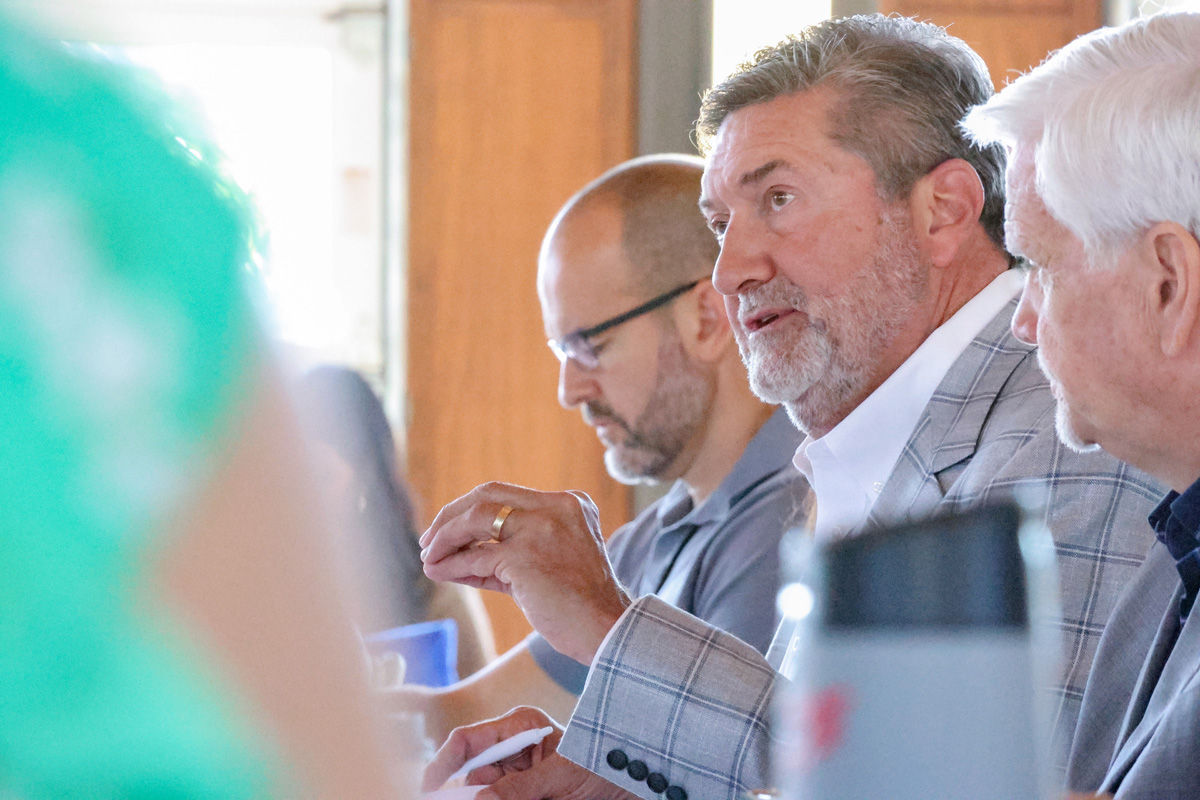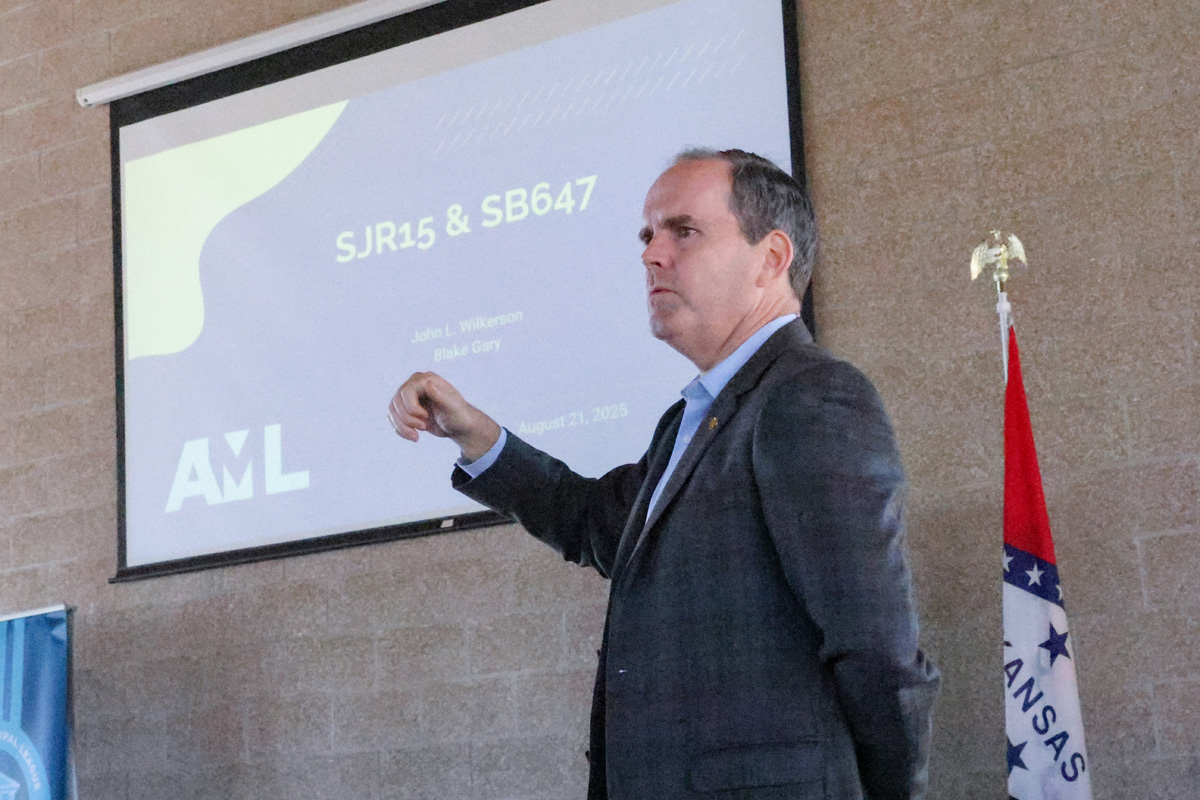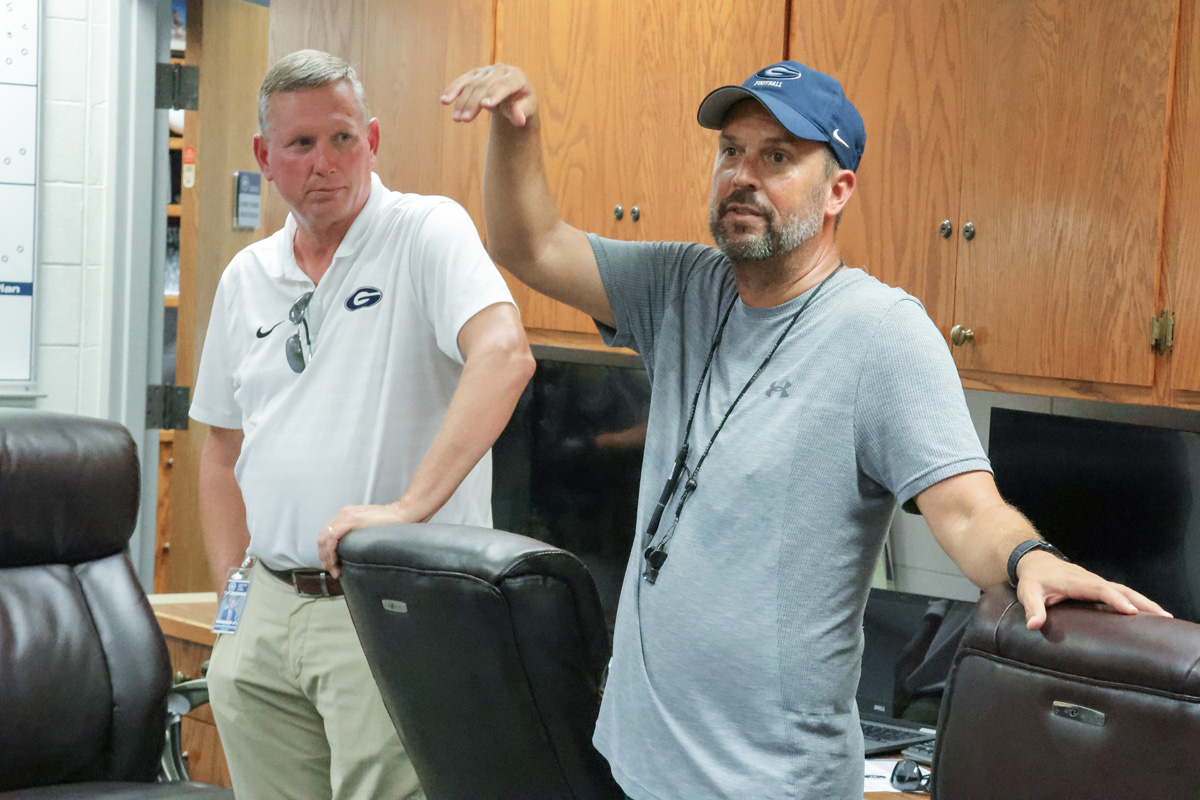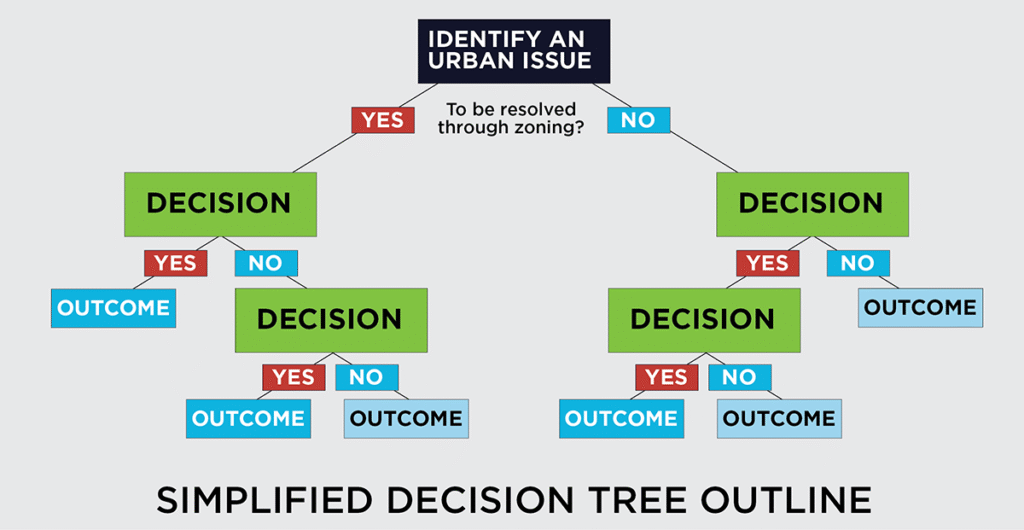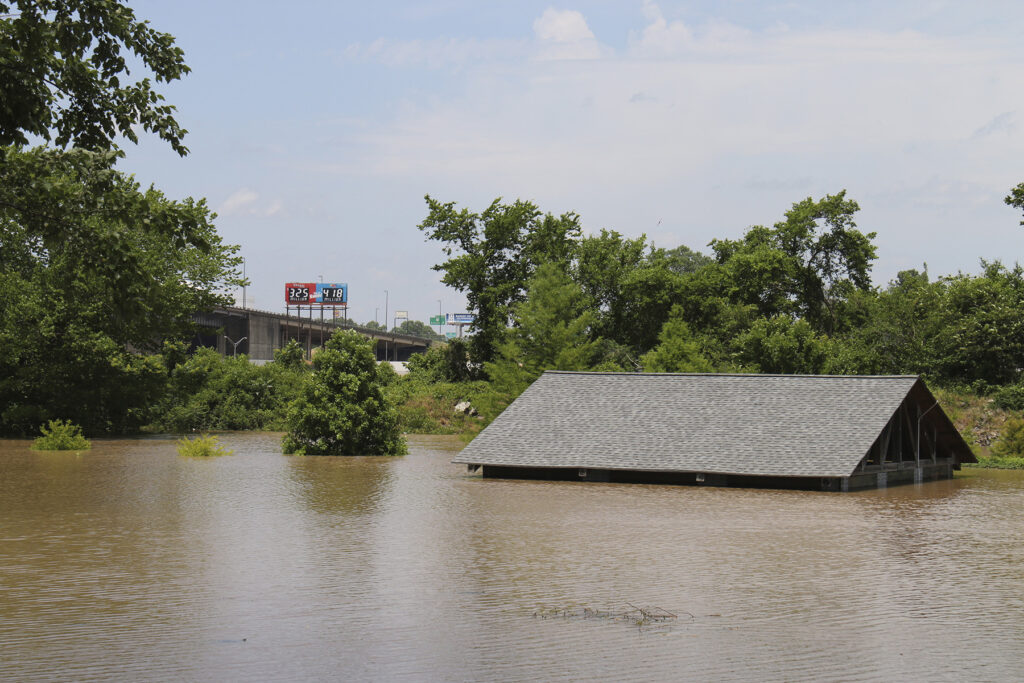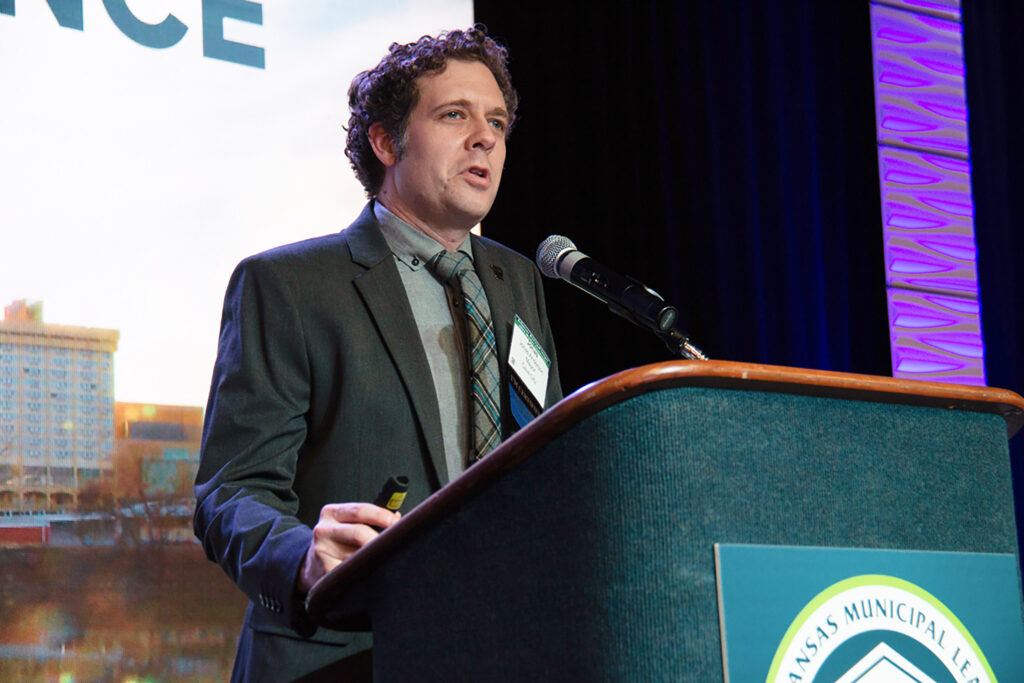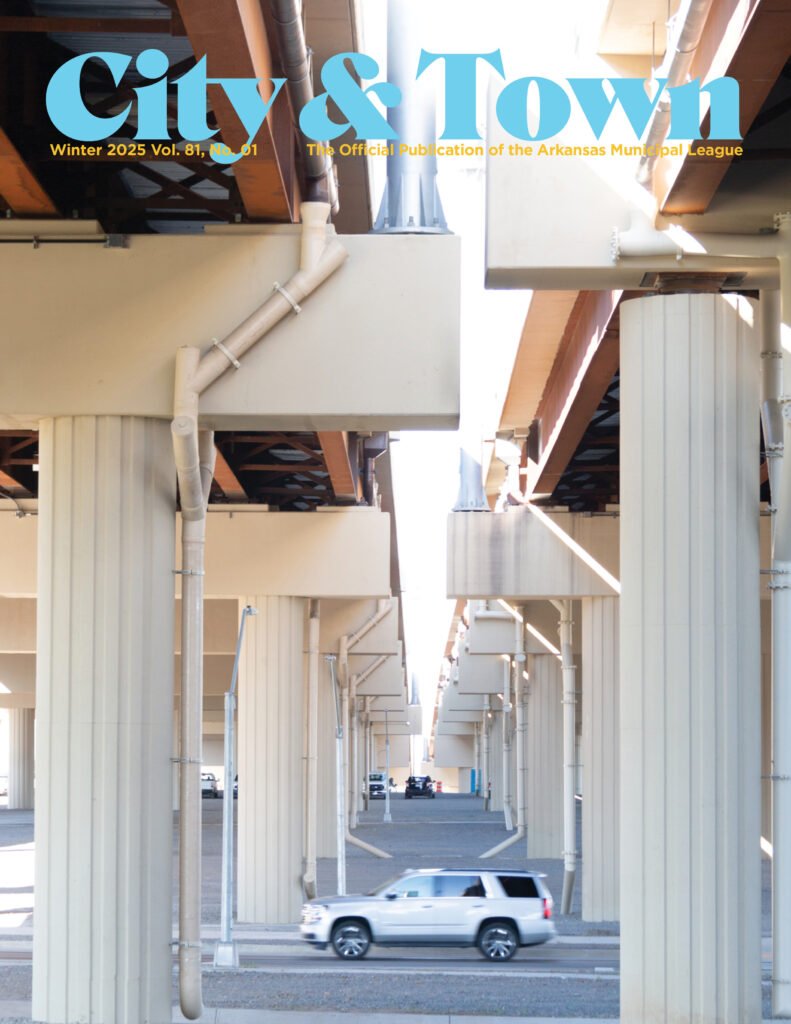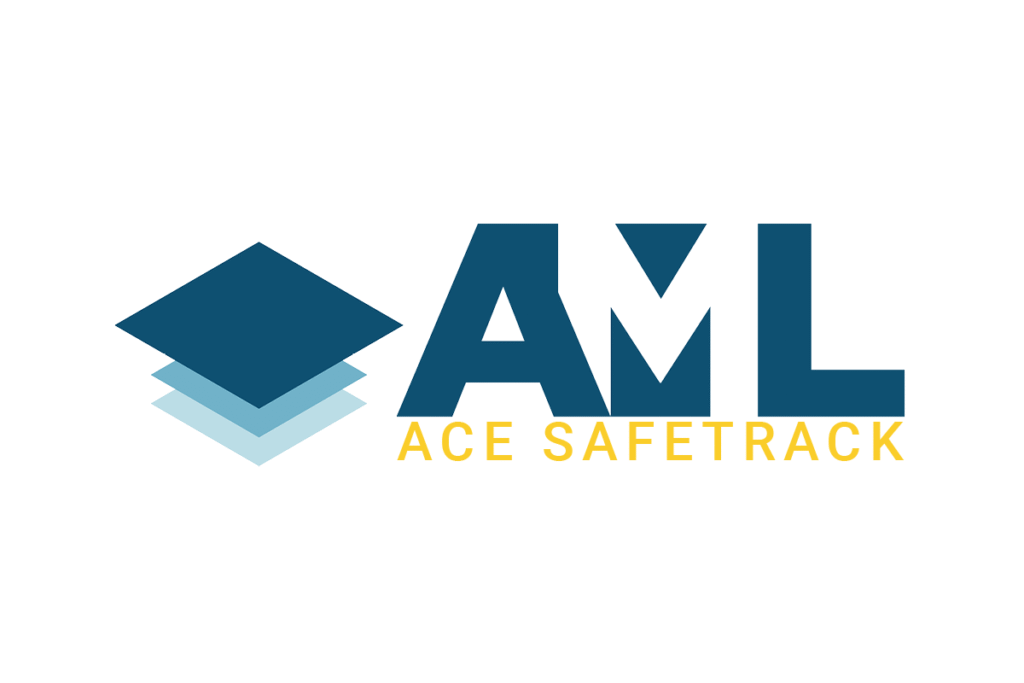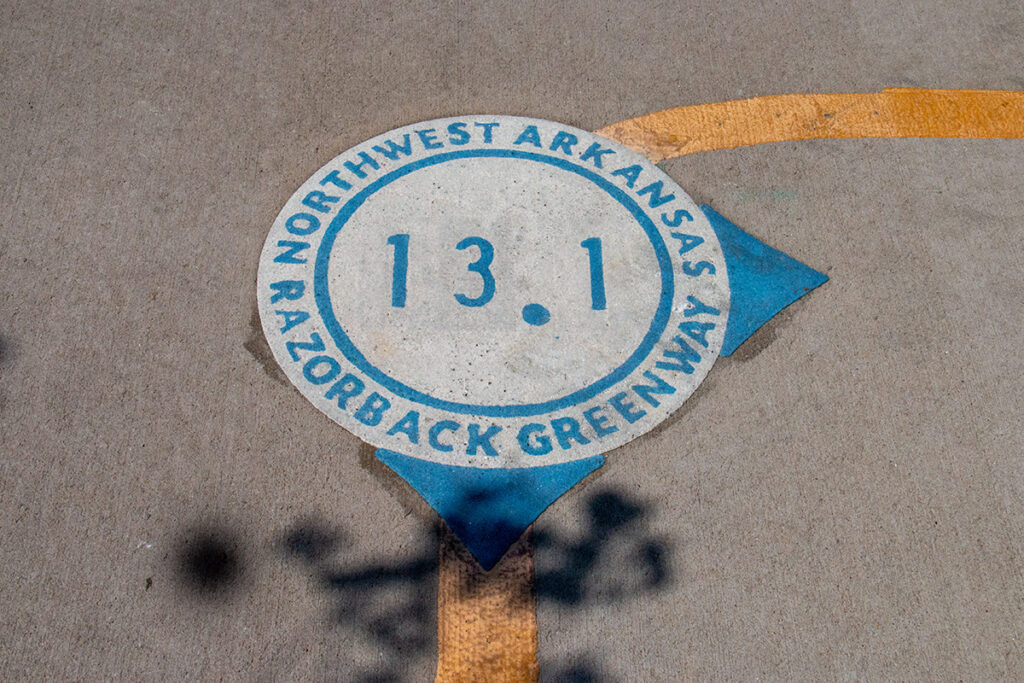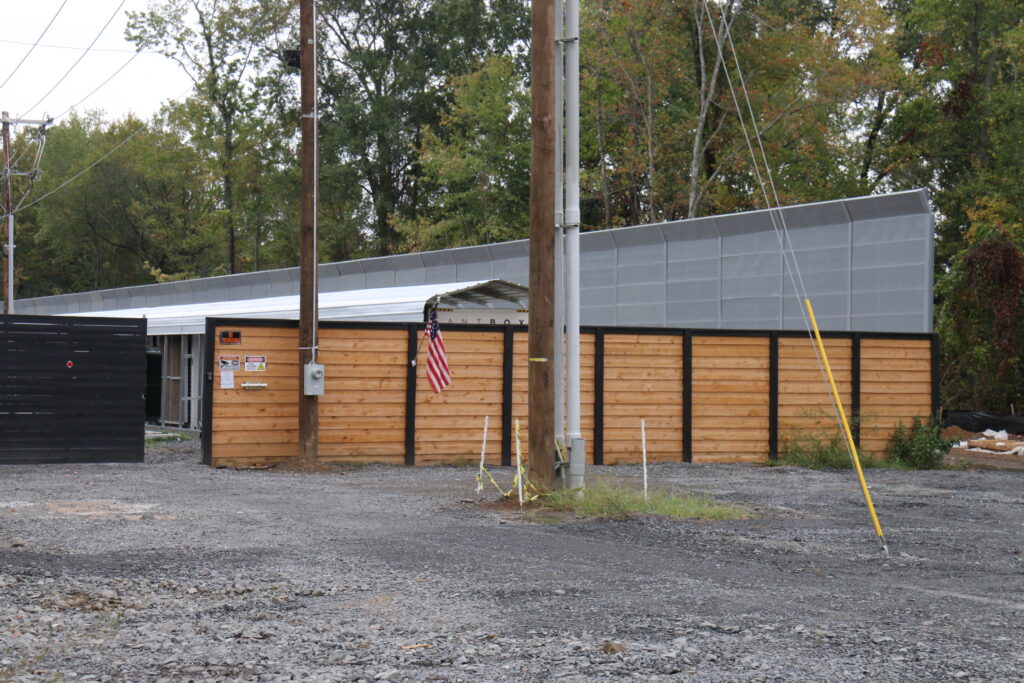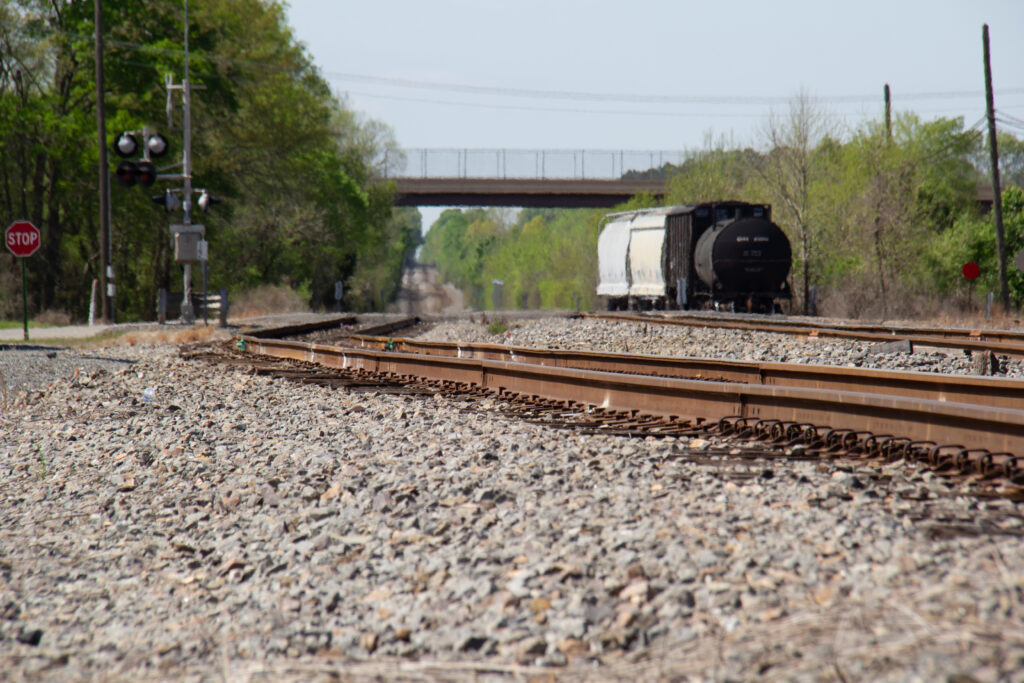Each year following the Annual Convention, the League’s executive committee, officers, past presidents, advisory council chairs and optional program board members meet to implement our organization’s policies and goals and strategize for the coming year during the annual planning meeting, held August 21 at the Sen. Ed Wilkinson Pavilion at Bell Park in Greenwood, home of new League President Doug Kinslow.
After the approval of the minutes from the May 7 meeting of the executive committee and the 2024 general audit report, League Executive Director Mark Hayes presented his annual report and provided an overview of the organization’s activities and programs in place to serve the membership. “I want to ensure you have a complete picture of what your League does, what the structure is, where the money is, and the kind of efforts put forward by the staff members,” he said.
Following the executive director’s recommendation, the executive committee voted to retain the existing service charge formula for member cities and towns. The base charge will remain $40 plus 35 cents per capita. Members receive a 7-cent per capita reduction for participation in each of the League’s optional benefit programs.
The League also has 132 limited-service members, which include counties, housing authorities, water associations, solid waste districts and other entities. The executive committee voted to retain their existing rates. The membership rate for counties is $1,000 and the rate for other municipal entities is $500.
For detailed information on the League service charge, fees associated with the optional programs, turnback estimates and the latest APERS multiplier, please refer to the executive director’s budget memo.
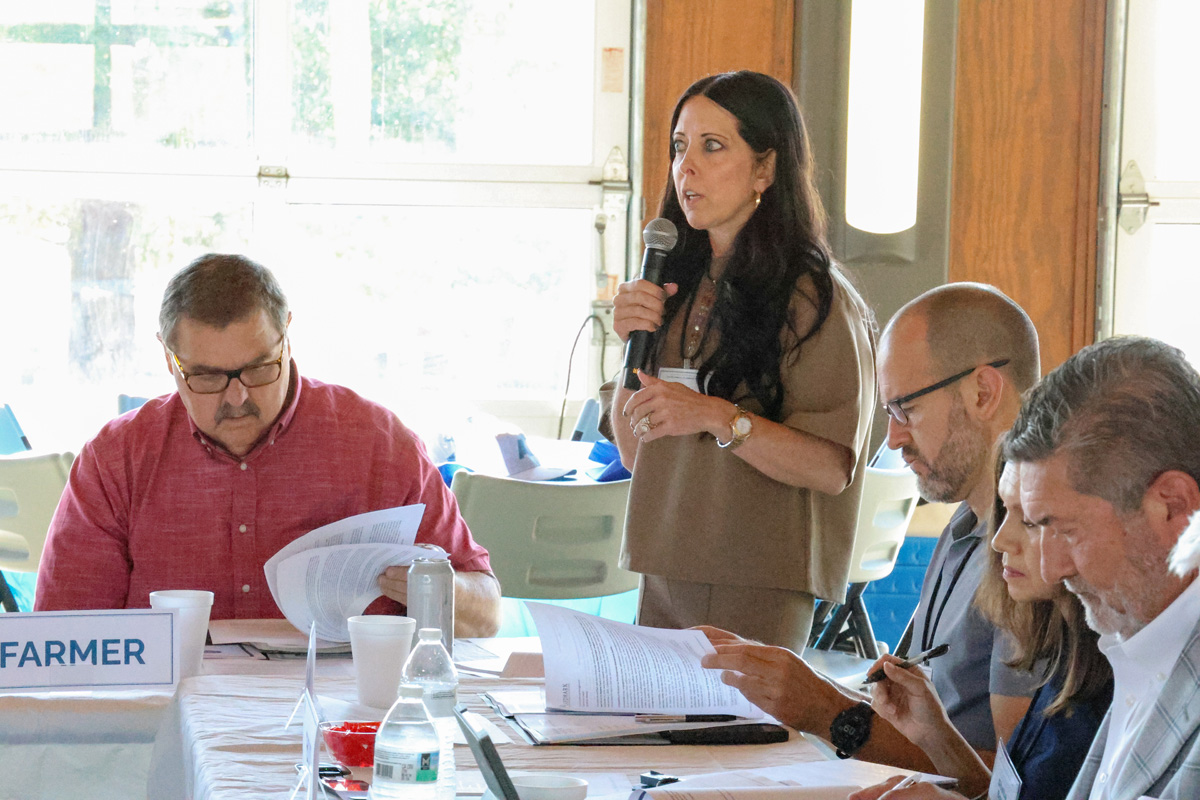
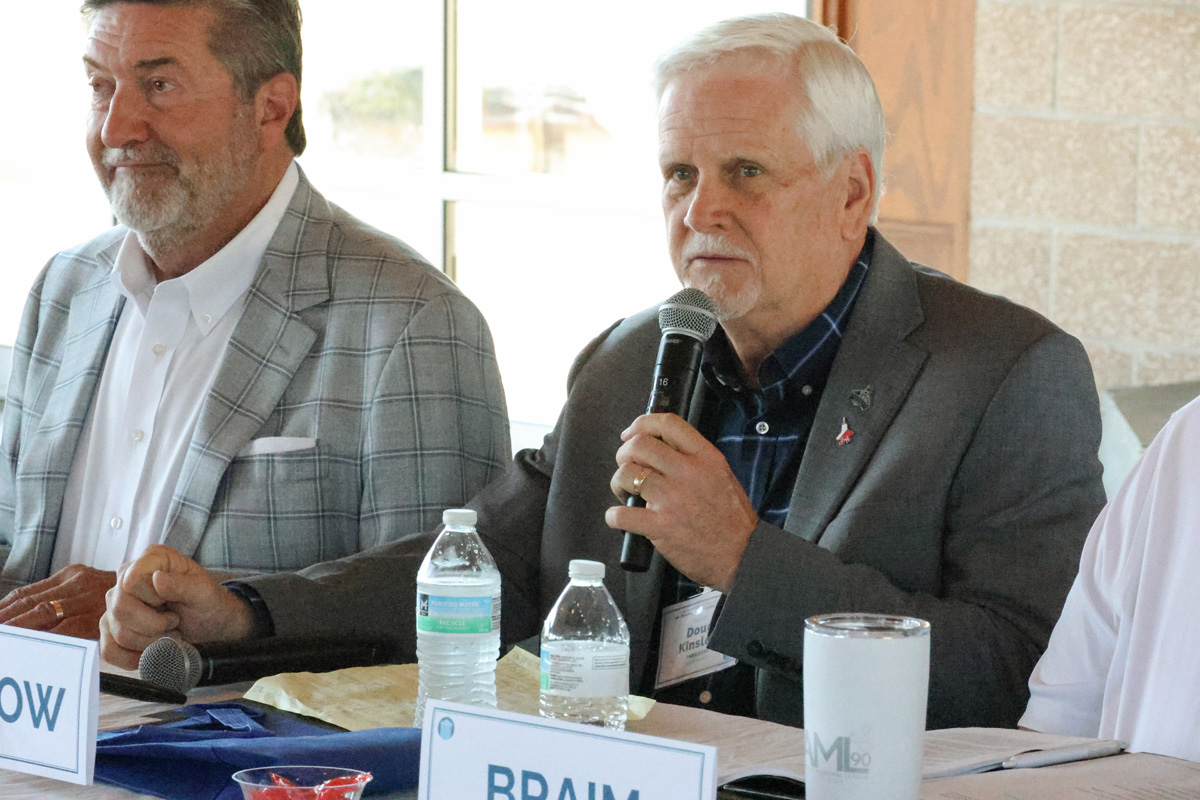
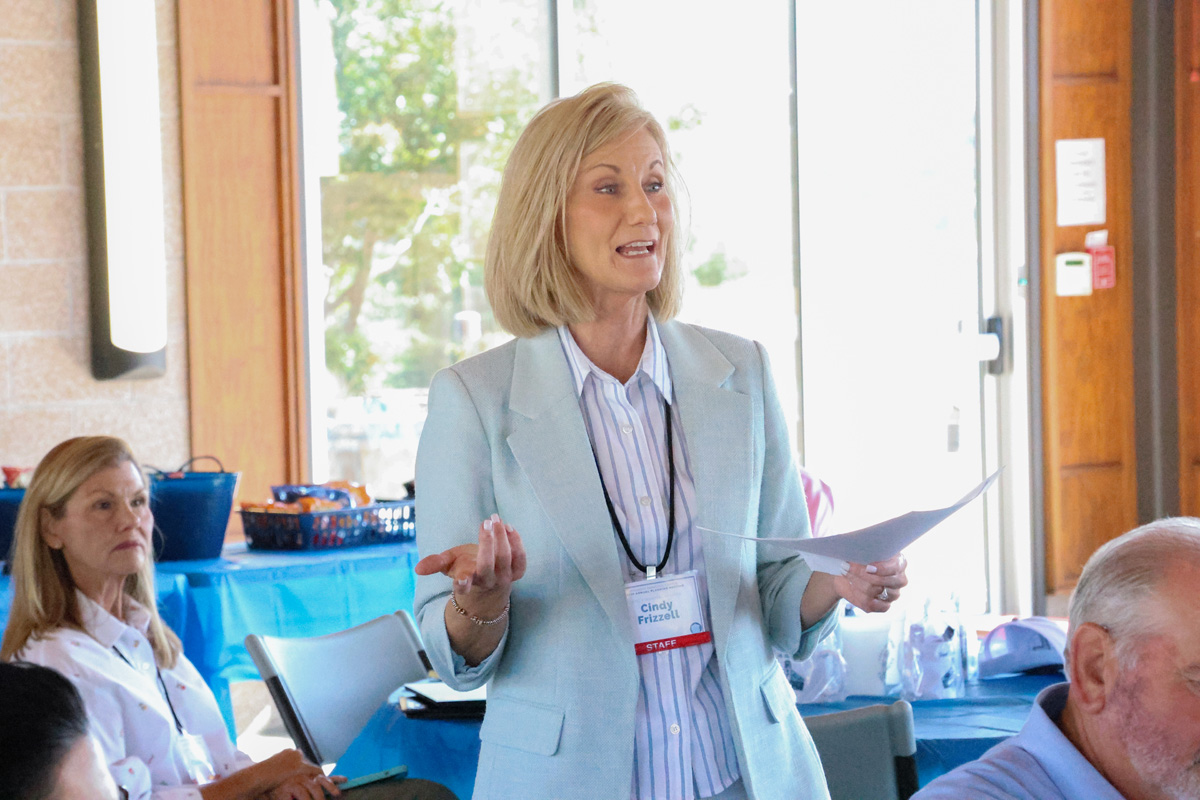
One important agenda item before the committee was to review the package of resolutions passed by the membership during the convention’s annual business meeting. The issue that inspired the most discussion was ballot measure SJR15, which will go before voters in next year’s general election. If passed it would provide cities and towns with more options to invest in economic development—including retail development—through the creation of special economic development districts.
The League will be working on this issue closely between now and the 2026 general election, Hayes said. “We think this is going to be a gamechanger in many communities. If this passes, the key will be to get legislation put together that has appropriate curbs and guidelines so we don’t have cities and towns being taken advantage of by developers and retail folks who are just looking to make a quick buck.”
Protecting cities and towns from bad actors is a major concern, and the enabling legislation will be crucial in adding guardrails, said League General Counsel and Legislative Director John Wilkerson. “By adding ‘retail’ to the constitution we were saying hey, can you turn on the garden hose and let us have a little drink? SJR15 puts us right in front of the fire hydrant. It is a mammoth amount of ability to incentivize economic development if this passes. With that kind of water coming at your face, you need to have a way to protect yourselves and create these guardrails.”
Annual planning meetings aren’t all work, of course. They give the president the opportunity to show off their hometown. Mayor Kinslow took the group on a trolley tour of Greenwood highlights, including the Old Jail Museum, Vineyard Cabin, Ole Barn and Redwine Pioneer Schoolhouse.
The tour wrapped up with a stop at Greenwood High School, home of the Bulldogs, who have won an incredible 12 state football championships between 2000 and 2024. Winning is nice, Head Coach Chris Young said, but it’s about much more than that.
“If you can build your schools up, you’re going to build your community up,” Young said. “If you go hire great leadership, then your schools are going to develop great leaders that one day work in your community and lead your community.”

